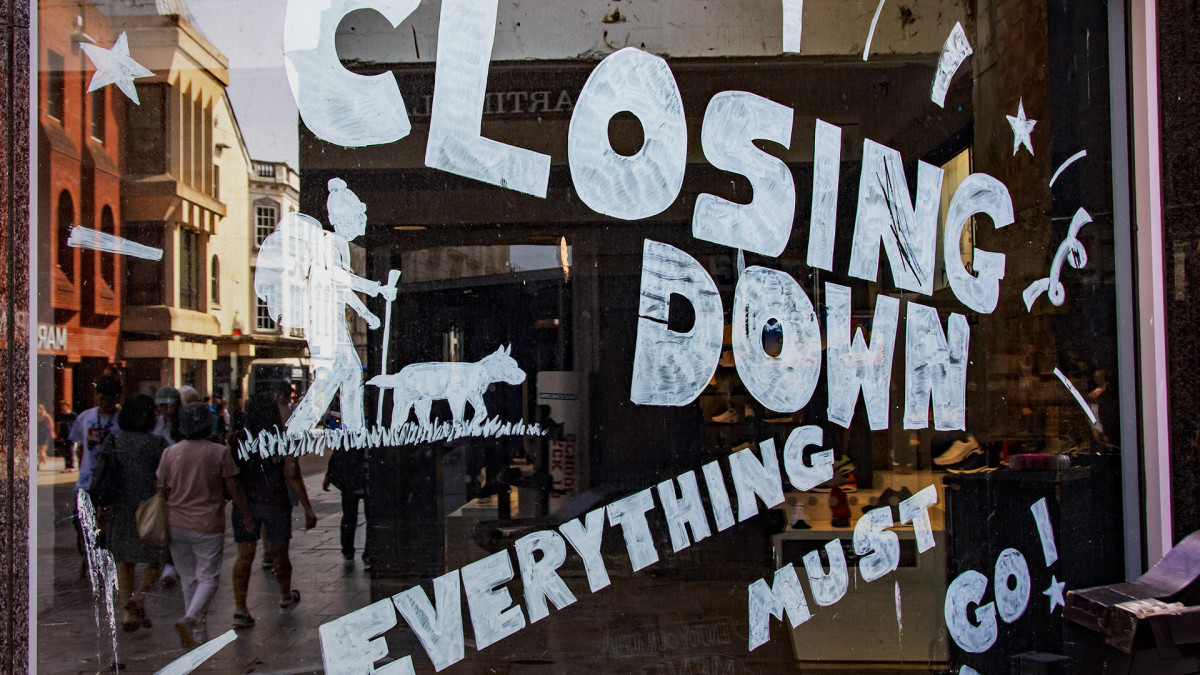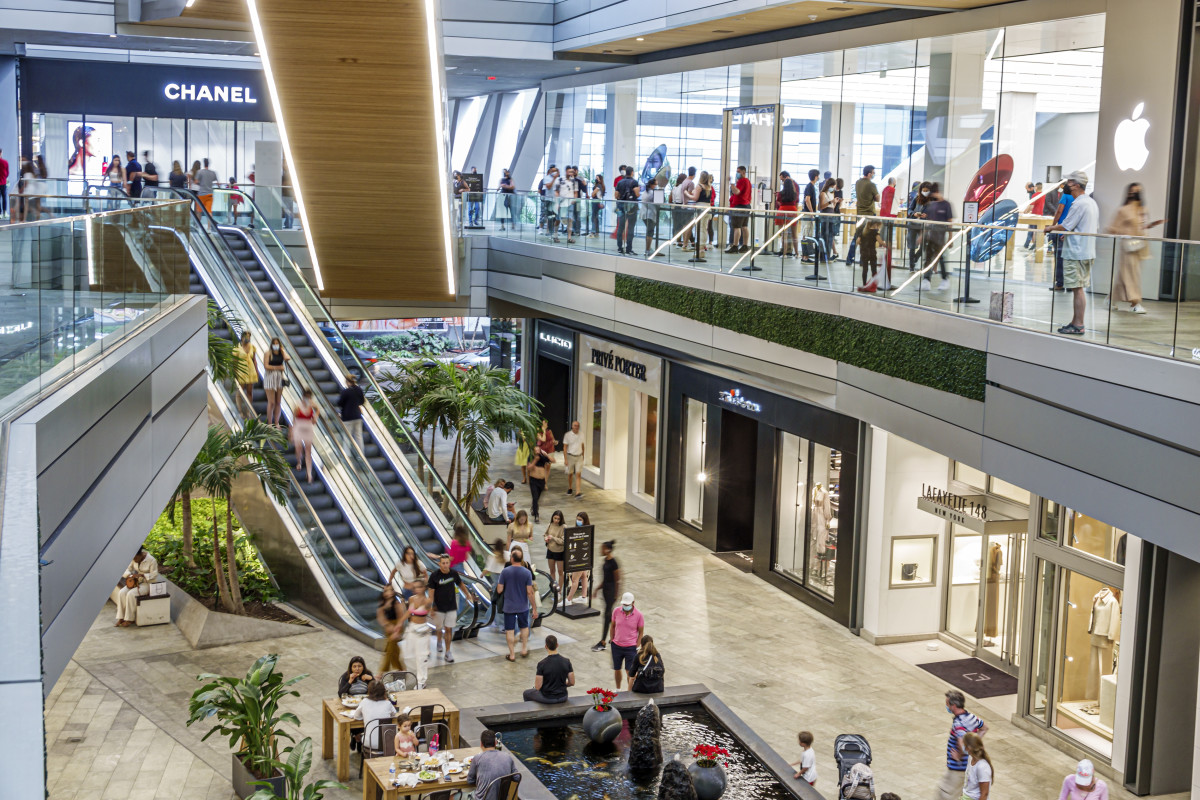
If you've visited an indoor shopping mall recently, chances are, it didn't look like it was in its prime.
Mall foot traffic is plummeting, and it's not all because of the rise of online shopping. Though that certainly is a contributing factor.
Related: Another popular mall retailer files for Chapter 11 bankruptcy
In 1980, for example, when malls were at the height their success, there were approximately 2,500 malls operating across the United States, with approximately 1,000 being built each year. Now, we can lay claim to just around 700.
"In the 1980s, more than 50% of US retail sales occurred in malls. Today, American malls are dying, showing some of the lowest levels of performance and success across all types of commercial real estate," Shortform reports.
But the situation today reflects a shift in consumer behavior.
"From 2018 through 2020, mall cornerstones like Macy’s, JCPenney, and Sears closed 875 department stores — compared to just 175 closures in 2016 and 2017 combined."
Such a dramatic shift can be chalked up to a handful of factors. First, shoppers prefer spending their money elsewhere, oftentimes in a more pleasant environment that feels less contained and doesn't require several loops around a parking garage.
A surge in the popularity of outlet malls, like Tanger Outlets (SKT) , demonstrates this. Parking is ample, shopping is inside, but walking around is outside. And you're more likely to find deep discounts of typically expensive labels you may find at a traditional mall, like Ralph Lauren, J. Crew, Nike, and even some more specialty retailers like Vineyard Vines.

UBS makes a grim prediction
A report filed in late April, led by a team of UBS (UBS-D) analysts, presented a dour perspective on shopping in the U.S.
It leads with the current status of online shopping, which has contributed to less foot traffic in major shopping hubs as customers opt to browse (and spend) from their homes instead.
In 2022, e-commerce sales made up about 22% of all U.S. retail sales. That number is expected to jump by 4% in just a few short years, with e-commerce sales making up 26% of all U.S. retail sales — and steadily rising.
This surge in e-commerce, coupled with higher lending interest rates, makes for a toxic environment for brick and mortar stores. UBS analysts predict that 45,000 retail stores or more could shutter in the next five years.
More Retail:
- Ulta CEO sounds the alarm on a growing problem
- Lululemon releases a first-of-its-kind product
- Target store introduces a new 'over 18' policy
- Amazon launches genius new subscription product
“In our view, department stores continue to lose customers to off-price retailers. This dynamic will likely cause department stores sales floor productivity to deteriorate, which should lead to fixed cost deleverage and ongoing operating margin compression,” UBS said.
UBS still holds out hope for some
But rather than leaving a wake of empty lots, UBS predicts that more stores will adopt a Walmart (WMT) -style model, using their stores as fulfillment hubs for an increasingly online world.
“Our analysis assumes that stores remain an important part of the overall retail ecosystem for retailers and consumers. In the simplest terms, stores serve as hubs of fulfillment and support distribution logistics,” UBS said. “This is increasingly more important as consumers are becoming more demanding for convenience or immediate deliveries.”
UBS called out some possible companies poised to come out as strong winners following a shift in consumer behavior, seeing the change as “a biological evolution, similar to survival of the fittest."
"Thus, retailers like Walmart, Target, Costco, Home Depot, and other large, leading retailers stand to gain from this natural selection," UBS concluded.
Related: Veteran fund manager picks favorite stocks for 2024







